|
|
| Rugose Corals
In rugosan colonies, each corallite skeleton had its own chamber wall while horizontal partitions (tabulae) were absent and septae longer and generally more complex than those in tabulate corals. Although most rugose corals were solitary animals shaped like a horn (horn corals), some grew in groups such that their skeletons were touching and formed mound-shaped colonies.
|
|
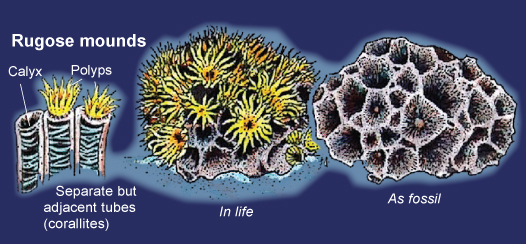
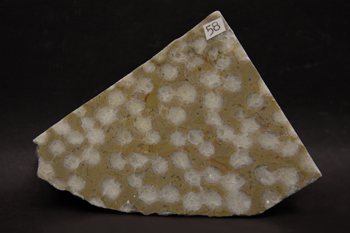
Microplasma orientalis Ivanovsky
Silurian, China
Size: 10cm
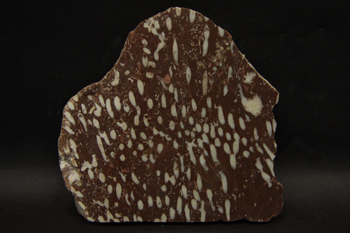
Shansiphyllum
Lower Silurian, Shaanxi, China
Size: 12 x 12cm
|
| Tabulate Corals
The Tabulata are an extinct form of coral. Their distinguishing feature is their well-developed horizontal internal partitions (tabulae) within each cell, but they have reduced or absent vertical internal partitions (septae) . They share the cell walls. The entire tabulate coral is called the corallum, while the individual tubular chambers within the corallum, in which the coral animal (polyp) lived, are called corallites. Most tabulates were colonial and they were the principal Silurian reef former.
|
|
|
|
| Favosites
A genus of extinct corals having polygonal cells with perforated walls commonly forming colonial mounds resembling honeycombs or wasp nests.
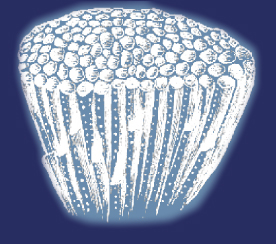
|
|
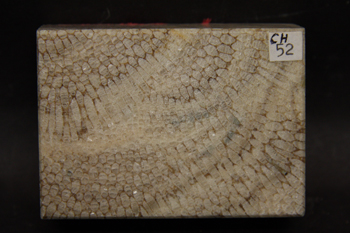
Palaeofavosites fenxiangensis Wu
Silurian, China
Size: 7 cm

Favosites
Lower Silurian, Hubei, China
Size: 14 x 12cm
|
Heliolites
Tabulate corals in which calcareous tissue was shared among cojoined corallites in highly interconnected colonies.

|
|
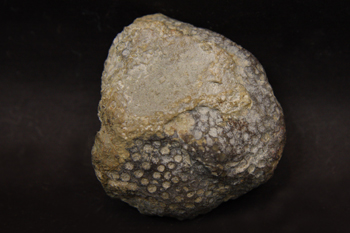
Heliolites luorepingensis Wu
Silurian, China
Size: 5cm
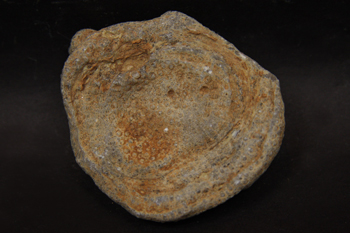
Heliolites
Silurian, Sichuan, China
Size: 7 x 7cm
|
| Halysites
Halysites are tabulate corals called "chain coral" because their cell walls were attached to one another side-by-side in wavy lines resembling a chain.
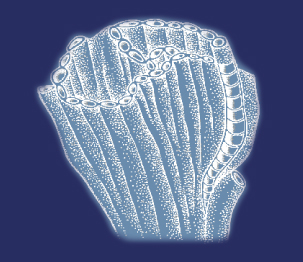
|
|

Halysites
Middle Silurian
Sichuan, China
Size: 25 x 22cm
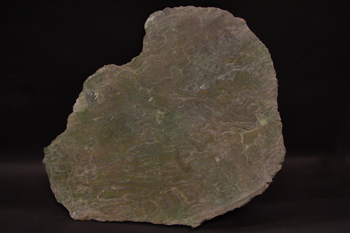
Halysites
Middle Silurian
Sichuan, China
Size: 28 x 22cm
|













